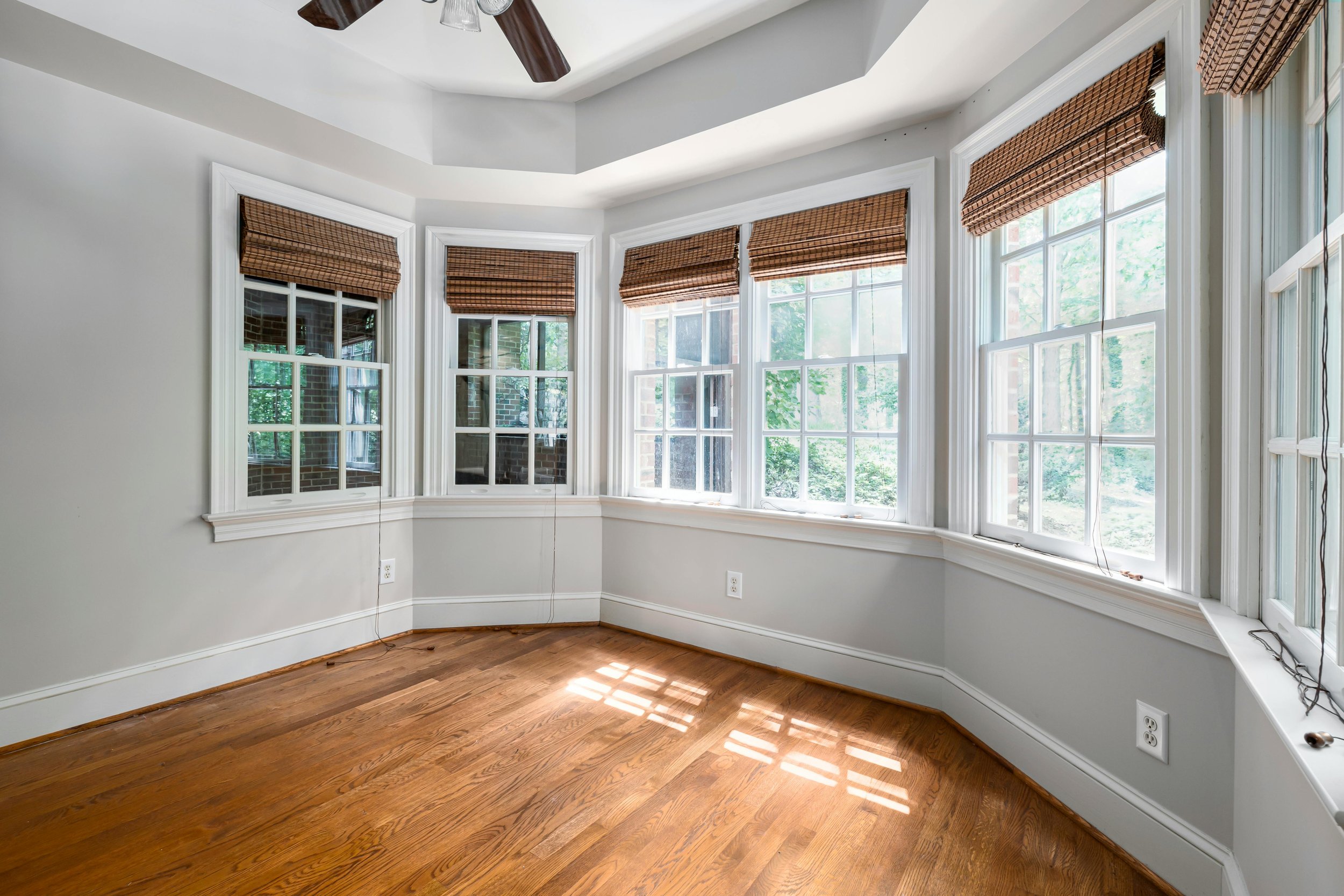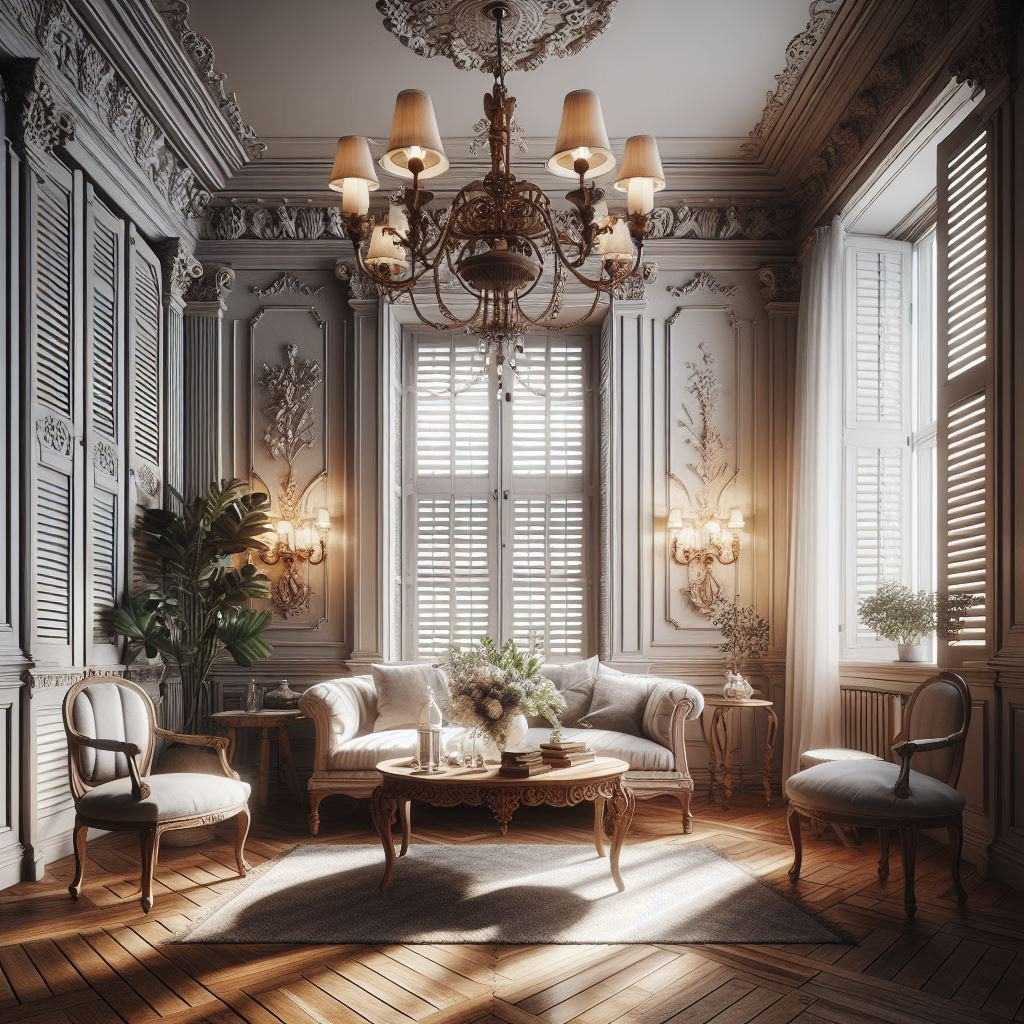Energy Efficiency in Style: How Paint and Window Treatments Improve Comfort
Upgrade your home’s comfort and energy efficiency with stylish paint and window treatments. Discover how to combine beauty and practicality!
Energy efficiency is more than just a trend; it’s a necessity for homeowners looking to reduce their energy bills while maintaining a comfortable living space. However, achieving an energy-efficient home doesn’t mean sacrificing style. With the right paint choices and window treatments, you can create an aesthetically pleasing environment that also helps regulate indoor temperatures. This article explores how paint and window coverings work together to enhance comfort, reduce energy consumption, and elevate home design.
The Role of Paint in Energy Efficiency
How Paint Colors Affect Temperature
Paint color plays a crucial role in how much heat a home absorbs or reflects. Light-colored paints reflect sunlight, making them ideal for homes in warmer climates, as they help keep interiors cool. On the other hand, darker shades absorb heat, which can be beneficial for homes in colder regions where retaining warmth is essential. Choosing the right paint color is a simple but effective step toward energy efficiency.
Heat-Reflective and Insulating Paints
Beyond color selection, specialized paints can enhance a home's energy efficiency. Heat-reflective coatings, often used on exteriors, deflect UV rays, reducing heat absorption and lowering cooling costs. Insulating interior paints contain microscopic insulating particles that help regulate indoor temperatures by minimizing heat transfer through walls.
For those looking for expert painting services, you can Paint With Pinnacle, a team that guarantees exceptional, top-tier results for every painting project. Whether it’s selecting the right energy-efficient paint or achieving a flawless finish, their expertise ensures your home remains stylish and comfortable year-round.
The Science of Paint Finishes and Their Impact
The finish of a paint also influences its energy efficiency. Matte finishes absorb more heat than glossy or semi-gloss finishes, which have reflective properties that can help brighten spaces and reduce the need for artificial lighting. Choosing the right finish not only affects aesthetics but also contributes to energy conservation.
Window Treatments for Energy Efficiency
How Window Coverings Help with Temperature Control
Windows are one of the biggest sources of heat gain in summer and heat loss in winter. Properly selected window treatments can act as insulation, blocking excessive heat during hot months and trapping warmth inside during colder seasons. This helps stabilize indoor temperatures, reducing the strain on heating and cooling systems and, ultimately, lowering energy bills.
Types of Energy-Efficient Window Treatments
There are several window treatment options designed to improve a home’s energy efficiency while maintaining style:
Thermal Curtains – Made with thick, insulated fabric, thermal curtains prevent heat loss during winter and block excessive heat in summer.
Cellular Shades – Designed with a honeycomb structure, these shades trap air within their cells, creating an insulating barrier that enhances indoor comfort.
Solar Shades – These shades block harmful UV rays while still allowing natural light to enter, reducing the need for artificial lighting without compromising privacy.
Motorized Smart Blinds – Automated window treatments can be programmed to open and close at optimal times, maximizing energy savings without requiring manual adjustments.
If you need expert advice on selecting and installing the best window treatments, Blind Ambitions' experienced team can discuss to you how they can give you superior window treatments without breaking the bank. Their expertise ensures that homeowners achieve a perfect balance between energy efficiency and stylish design.
Blending Style with Functionality
Choosing the Right Paint and Window Treatment Combinations
Pairing the right paint colors with window treatments can enhance both aesthetics and energy efficiency. For example:
Cool-toned wall colors like soft blues and greens pair beautifully with sheer solar shades, maintaining a fresh and airy feel while controlling light.
Warm, earthy tones complement thick thermal curtains, creating a cozy atmosphere that helps retain warmth in colder months.
Neutral shades work well with modern motorized blinds, offering a sleek, minimalist look while optimizing insulation.
Design Tips for Different Spaces
Each room in a home has unique energy efficiency needs, and the right combination of paint and window treatments can make a big difference:
Living Rooms: Opt for light-reflective paints and solar shades to maximize natural light while reducing glare.
Bedrooms: Use insulating paints and blackout thermal curtains for a restful, temperature-controlled environment.
Kitchens: Light-colored, easy-to-clean paints combined with cellular shades can help regulate heat from cooking appliances.
Home Offices: Consider neutral matte paints and motorized blinds for a professional look that optimizes natural lighting without causing screen glare.
Conclusion
Energy-efficient home design doesn’t have to mean compromising on style. The right combination of paint and window treatments not only enhances aesthetics but also contributes to a more comfortable and cost-effective living environment. By making informed choices, homeowners can enjoy a home that stays cool in the summer, warm in the winter, and beautiful year-round.
Investing in high-quality, energy-efficient paint and window treatments is a step toward a more sustainable home.



